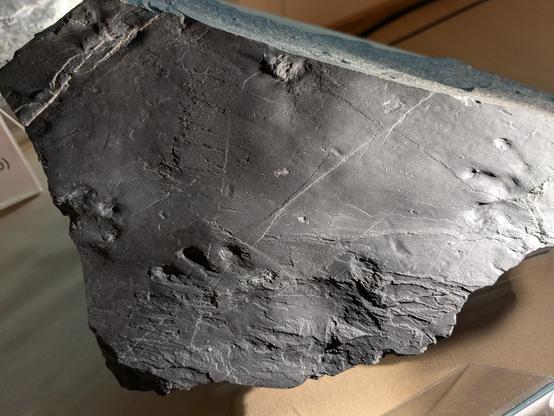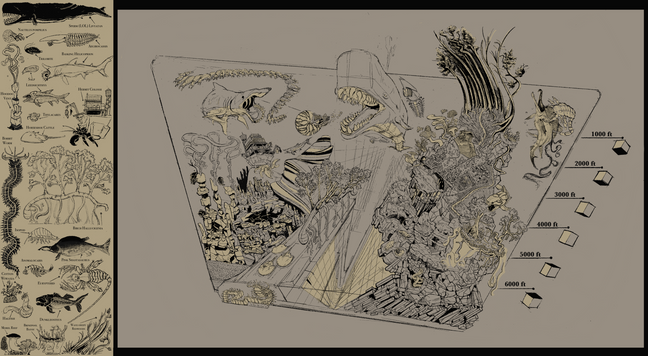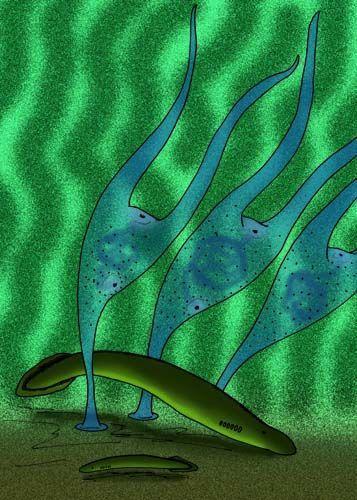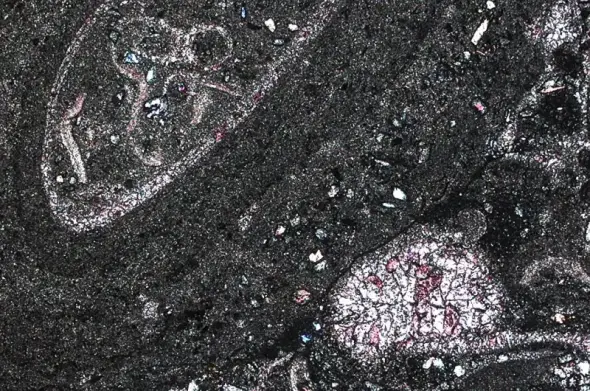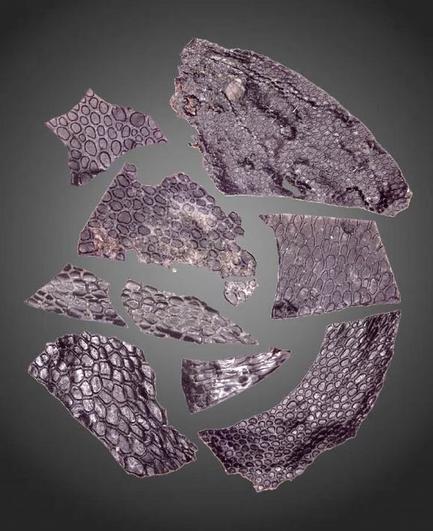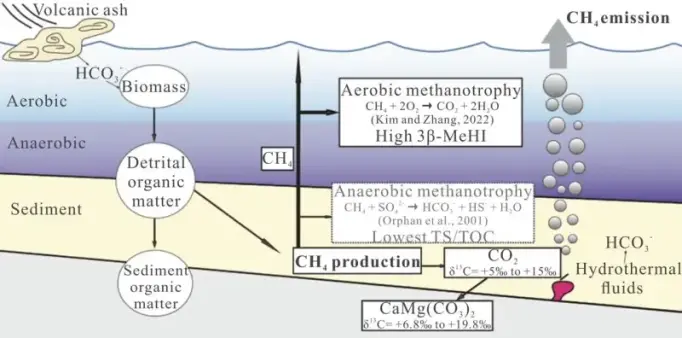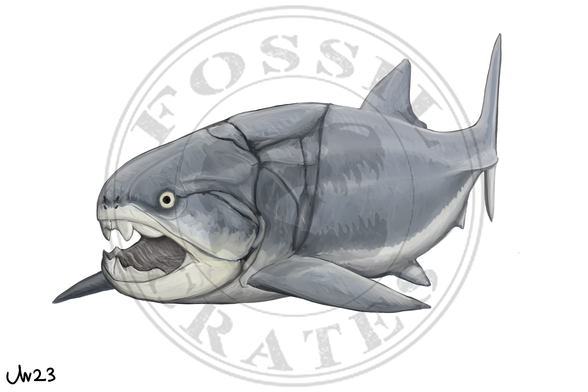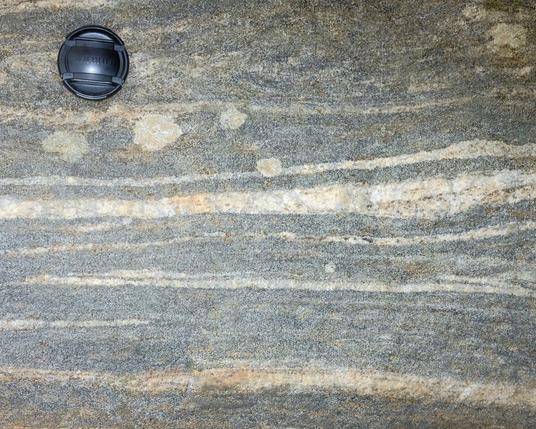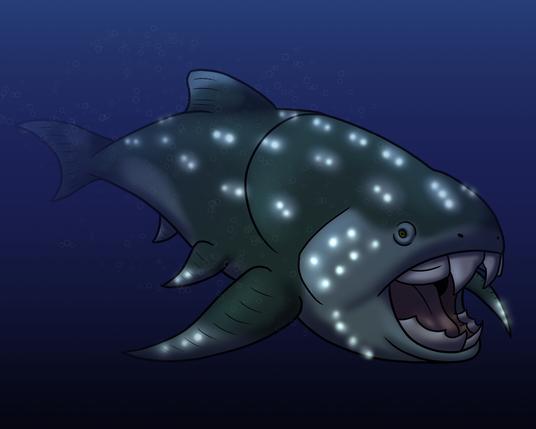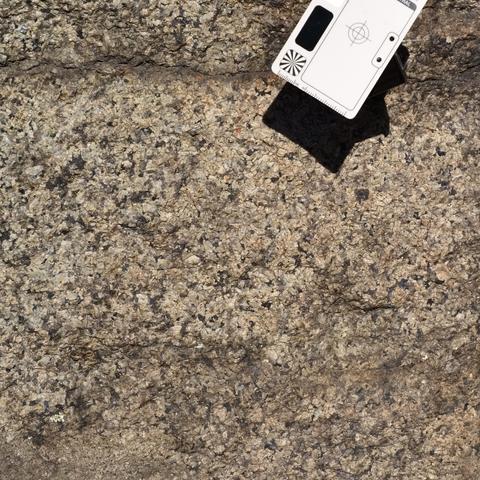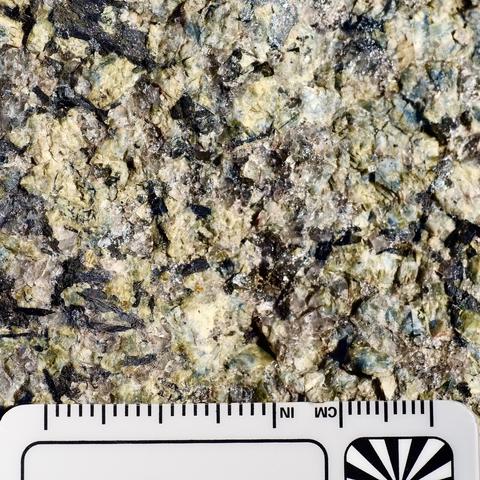First discovered in 2002, paleontologist draw comparisons of #Dinocephalosaurus_orientalis with other aquatic species having no modern day analogs - why did the entire family of #Tanystropheidae or the genera exhibiting these morphological functionalities not continue?
Perhaps just as interesting is the convergent evolution (especially with respect to their necks) between that of Dinocephalosaurus and members of the Tanystropheus genus. A close resemblance on the surface, yet Dinocephalosaurus orientalis was strictly an aquatic species.
I've included an artists reconstructive rendition of Tanystropheus longobardicus for comparison between the two, but note that Dinocephalosaurus had four flipper-like feet of the same size, and unable to exist, or at least thrive in a terrestrial environment, where Tanystropheus exhibited larger feet in the rear - not unlike your hands being smaller than your feet.
And yes, as Yuki (@youronlyone) offers up as a contemplative inference, the whole "Dragon" and "Loch Ness Monster" corollaries are uncanny, raising questions as to why would pre-industrial societies actually have such fables, or in the case of the latter, claims of sightings, if not rooted in some previous observation by humans?
https://edition.cnn.com/2024/02/23/world/dragon-fossil-240-million-years-old-intl-scli-scn/index.html
Dinocephalosaurus was extant from the late #Paleozoic (late Permian period) through the early #Mesozoic (early Triassic period) eras.
#tallship #Dinocephalosaurus #Triassic #Tanystropheus #Tanystropheus_longobardicus h/t to @youronlyone for bringing the latest news on this matter to me - I'm always fascinated with things related to #marine_biology - especially #Opisthobranchia
⛵️
.
RE: https://c.im/users/youronlyone/statuses/111985758251416307
@youronlyone
